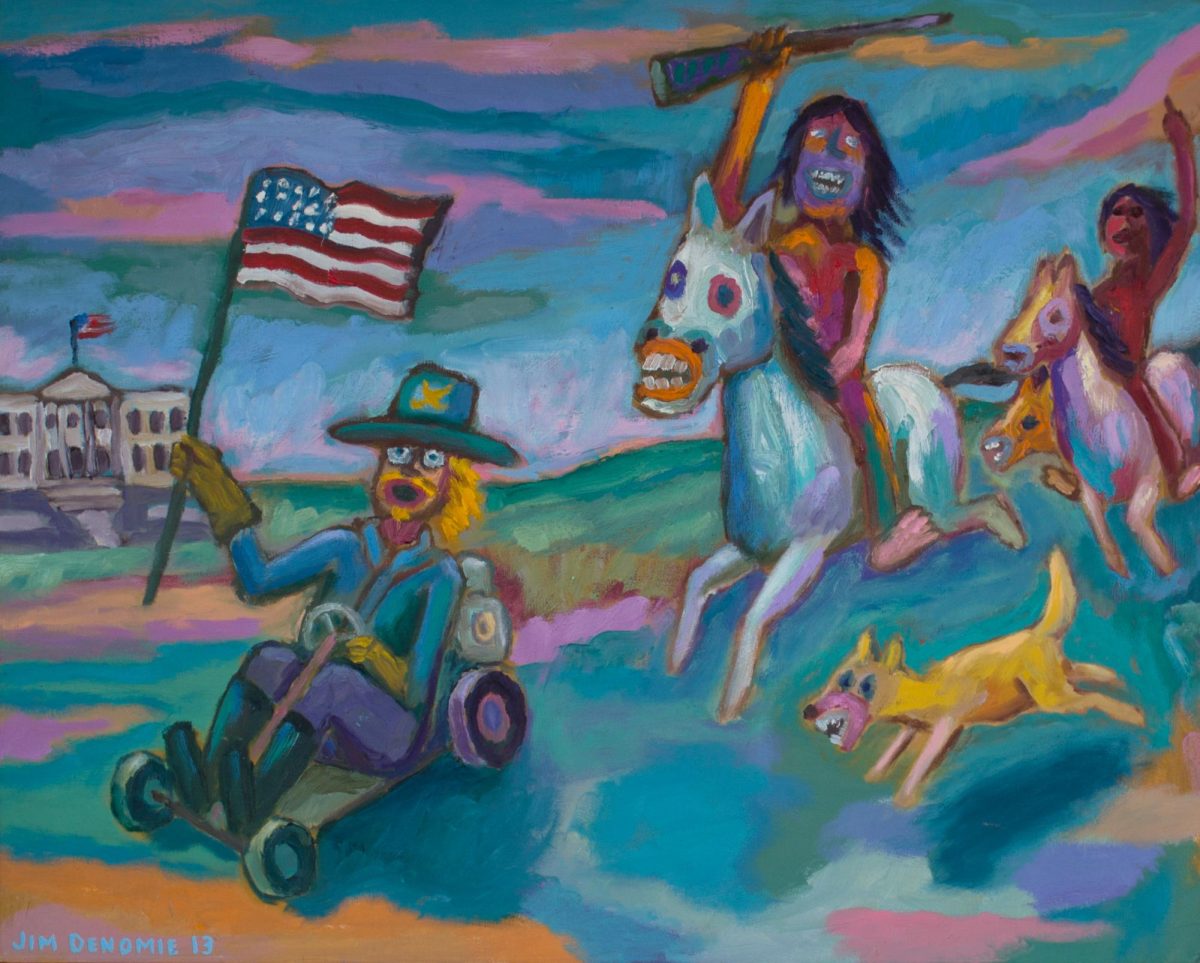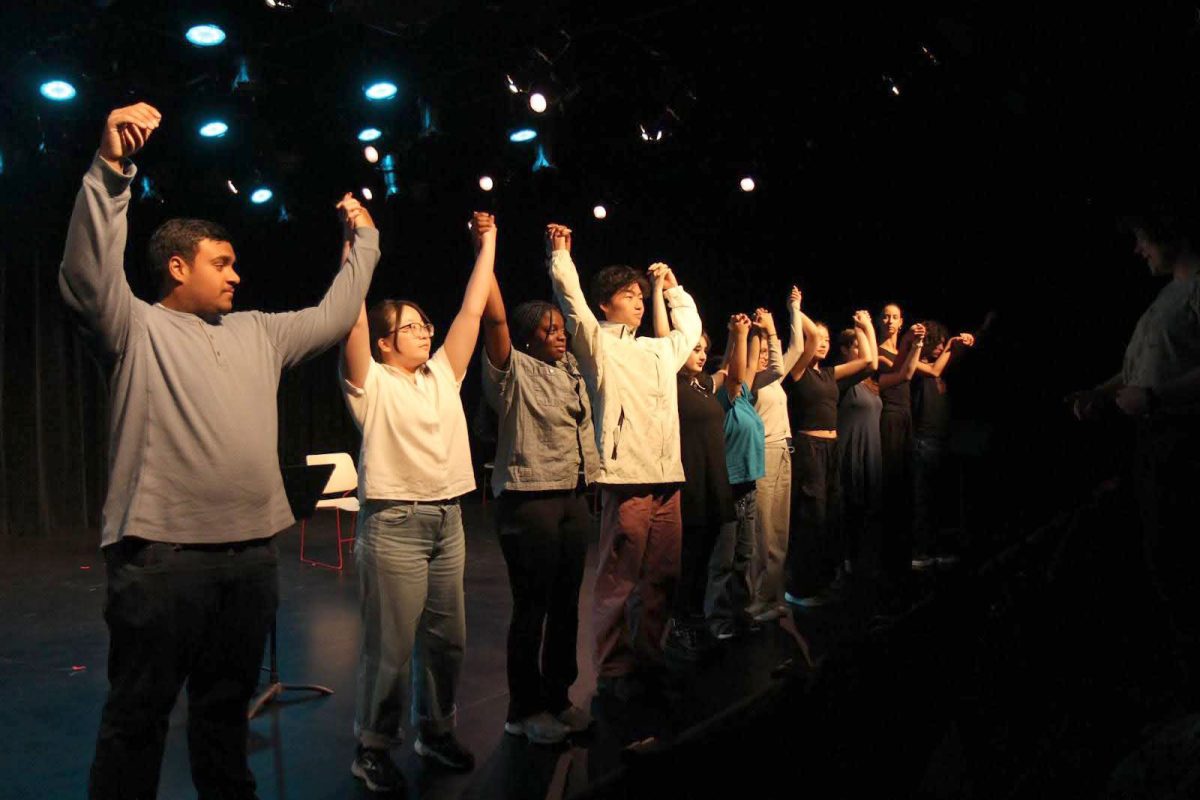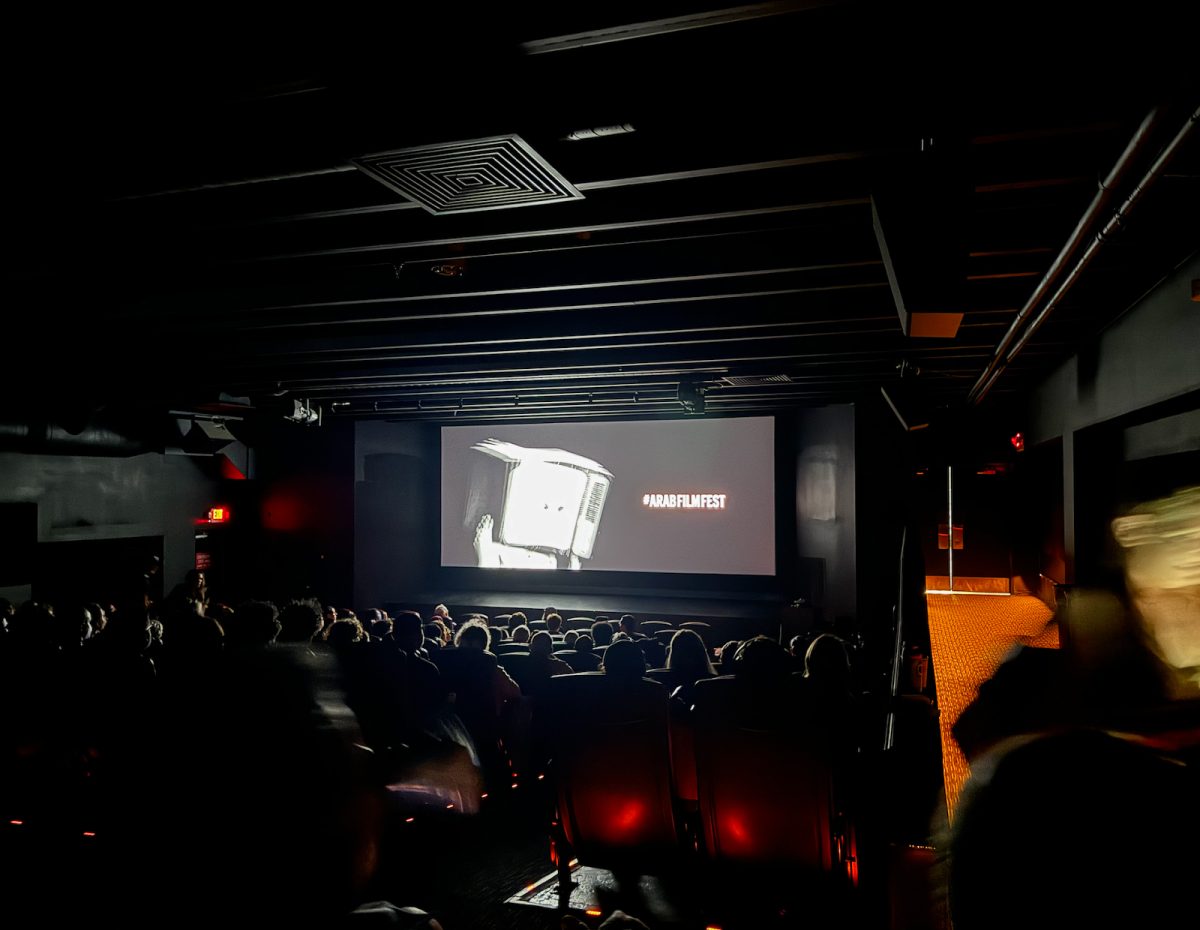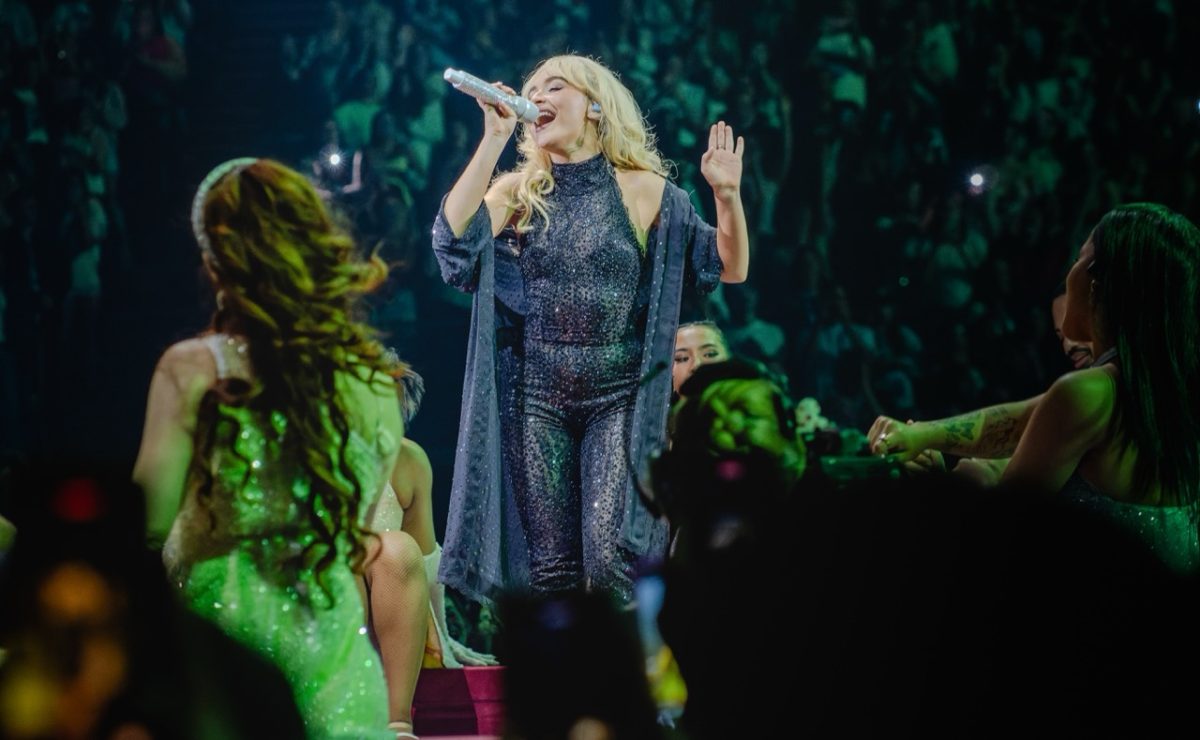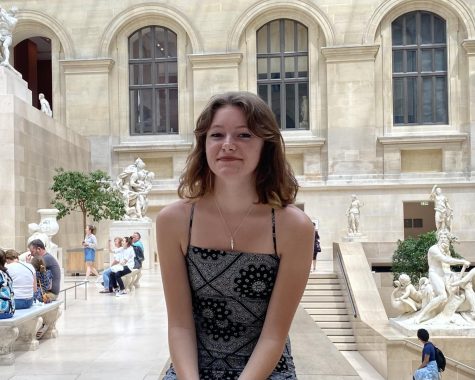The Minneapolis Institute of Art (MIA) always has something new to offer its guests, being home to over 90,000 works of art. Their rotating exhibits reach far and wide, through space and time, from the current exhibit of Ken Matsubara’s 20th century Buddhist masterwork, “Chaos,” to the previous showcase surrounding Caravaggio’s “Judith and Holofernes (1599),” which had been on loan from the Gallerie Nazionali di Arte Antica in Rome. However, if you entered their rotating gallery space these days, you would find an exhibit much closer to home, in the form of “The Lyrical Artwork of Jim Denomie.”
Jim Denomie (Ojibwe, Lac Courte Oreilles Band) was a renowned and beloved artist, friend and mentor, born in 1955 in Hayward, WI, and passed away last year. Known mostly for his paintings, he also spent time creating art with ink and paper, oil pastels, printmaking and found object sculpture. Denomie lived in Minneapolis for most of his life, receiving his BFA degree from the University of Minnesota, and made a lasting impact on the art world, having had exhibits both in the Twin Cities and worldwide. Having received a variety awards, fellowships, placementsin private and public permanent collections nationwide, it is no surprise that three rooms of the MIA are now dedicated to his work.
The exhibit pays special attention to Denomie’s “singular vision and signature style,” as states the MIA’s website, selecting paintings, sketches and sculptures from 2007 up until his death last year. The content of his works are rooted in the Native American experience, often depicting events, both historical and modern, that showcase the suffering faced by Indigenous people in America. Depicting events such as the 1862 mass execution of Dakota warriors, and the more recent Standing Rock pipeline protests in 2016, Denomie was resolute in his honesty.
The pieces that focus on political commentary are gritty and visceral, but skillfully contrasted with his obvious sense of humor. His larger scale works on these topics have an air akin to a rightfully disturbing “Where’s Waldo?” book, as they are often composed of many small vignettes on a large landscape. Amidst the violence depicted in a painting like “Standing Rock 2016” (2018) or “Oz, the Emergence” (2017), Denomie combines pop-culture and native iconography, including figures such as Mike Tyson and Vincent van Gogh, as well as totems and animal spirits.
In addition to Denomie’s subject matter and dry wit, his choice of color and composition aid in the broaching of such heavy subject matters in a way that sparks much needed conversation and leaves us wanting more. His use of color is striking and bold and conveys so much emotion. In this way, Denomie’s work reminds one of the 19th-century Fauvists, who rejected mainstream painting styles and embraced non-representational depictions and vibrant colors to portray their emotional experiences.
Denomie’s works represent his unique point of view, as he explained in his artist statement, graciously provided by Heather Everhart, the curator and director of the Law Warschaw Gallery.
“I use humor and wit to comment about social, cultural, political and personal issues as I perceive them,” Denomie wrote. “In these colorful compositions, warriors on winged horses are always being pursued by someone who desires what the Indian owns.”
It is not just Denomie’s art that draws in an audience, but his personality and connection to the local artistic community as well. Denomie was a friend to everyone he met, both within and outside of the artistic sphere. I had the pleasure of attending the reception for “The Lyrical Artwork” at the MIA in September, and it was clear how many that attended had had a personal connection with Denomie. In fact, Denomie had a close relationship with Macalester. If the images published along with this article look familiar, it is because, in 2014, the Law Warschaw Gallery was able to acquire three of his paintings: “Death by Misadventure” (2013), “Indian, Horse and Crow” (2012) and “Chief” (2012).
Everhart commented on Denomie’s friendship with Macalester, noting that his works had always been “high up on the department’s list of potential acquisitions.”
“When the Janet Wallace Fine Art Center (JWall) opened in 2012, a fund was established to purchase artworks for Macalester’s permanent collection that would be on view in JWall,” Everhart wrote in an email to the Mac Weekly. “[The] Law Warschaw Gallery’s curator at the time, Greg Fitz, facilitated the relationship with Jim and the purchase of three paintings through Bockley Gallery here in Minneapolis.”
“Death by Misadventure” is now on loan to the MIA for the exhibit, located in gallery 262, but one can still find “Indian, Horse and Crow” and “Chief” at the foot of the main stairwell in JWall.
Beyond contributing his work to Macalester’s collection, Everhart explained that Denomie was a mentor to many aspiring artists at Macalester.
“Jim was a good friend to many of us in the art and art history department, and more broadly was sort of an ‘Art Uncle’ for the community,” Everhart wrote. “He made time for everyone and was especially encouraging to the many young Native artists who looked up to him.”
Though I never met Denomie, I feel deeply moved by his story and am inspired by both his poignant talent and his ethic as an artist. I feel grateful to have been able to attend the reception for The Lyrical Artwork, and to have spoken to many that were touched by his presence, as artist, friend and mentor.
Everhart said it best, “He was a wise, wonderful artist and brought great humor and keen observations to everything he produced in his prolific career—working on new sketches, paintings and sculptures right up to his unfortunate passing.”
“As a painter, I find I am always evolving,” Denomie wrote in his artist statement. “I develop images from my imagination, my memories and my dreams. I try to discover something new or different with each painting. I like to play with different color scenarios, compositional moves, try different painting techniques and explore new subject matter. I tell stories that are completely my own.”
I encourage everyone to visit “The Lyrical Artwork of Jim Denomie” before it closes on March 24, 2024, and experience the art for yourself.
Image Credits:
© Estate of Jim Denomie, 2023, courtesy of Bockley Gallery.

